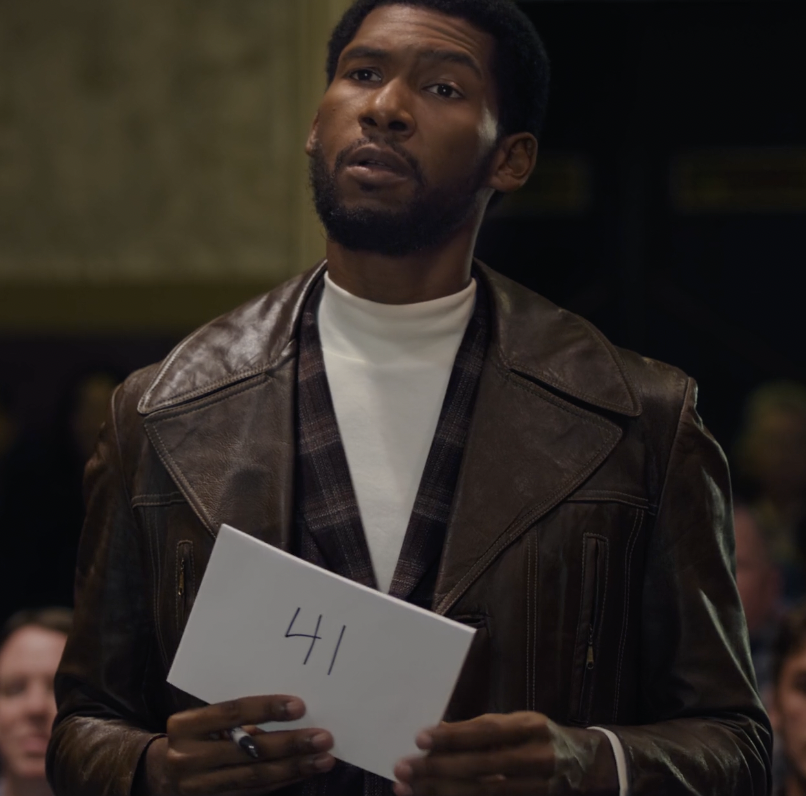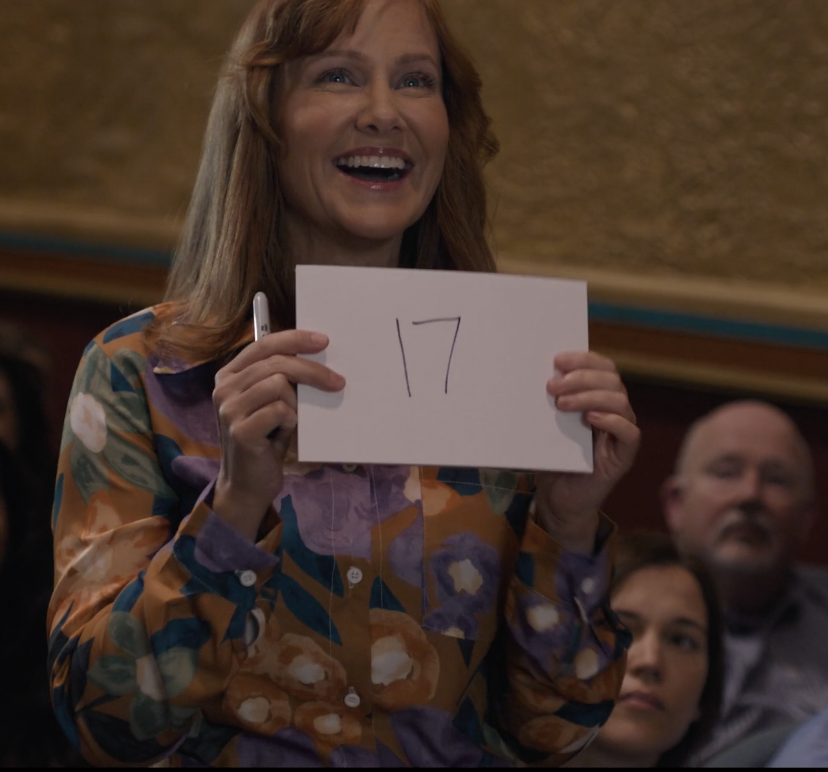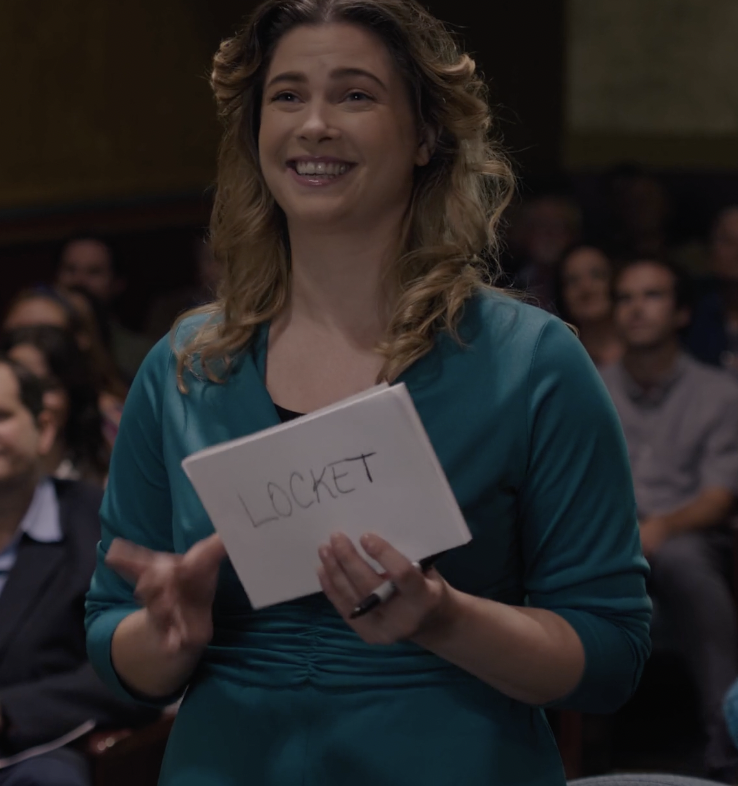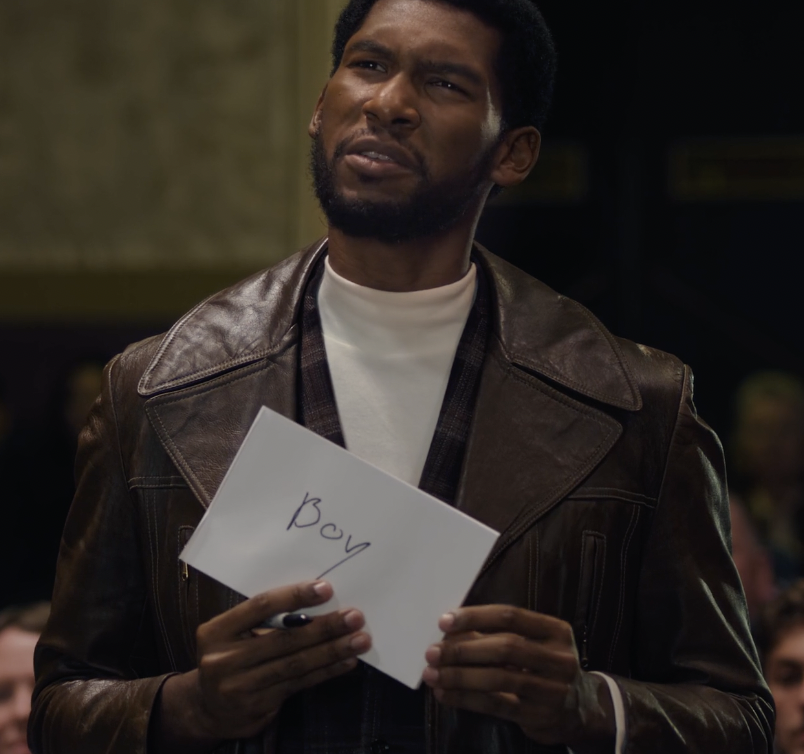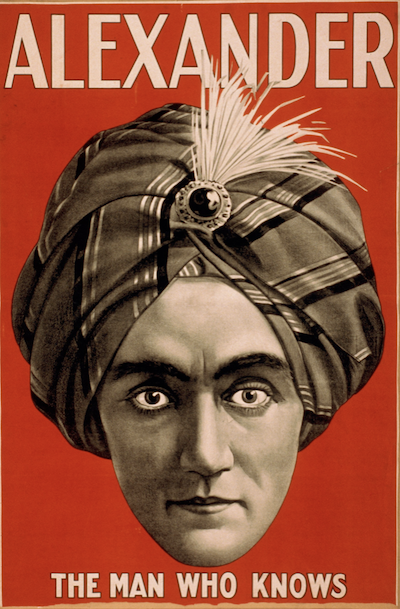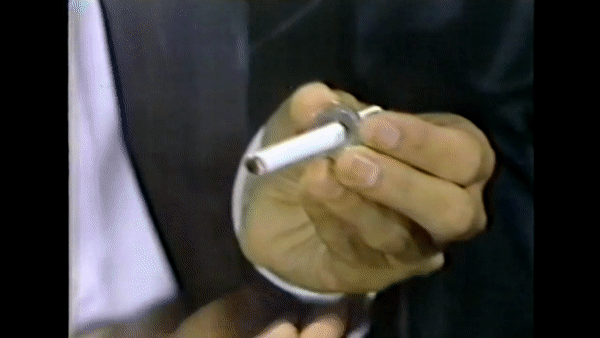Mailbag #92
/[W]ho was the one who thought merely cutting a chosen card to the top is obvious, yet when you do a double undercut the technique suddenly becomes invisible? —ML
It’s a fair question, although I don’t think anyone ever thought it was “invisible,” they just thought it was somewhat less obvious than cutting directly back to the same location.
When we tested controls, we found that the only way to really make people think a card was genuinely lost in the deck was to use a control that allowed them to mix the cards in some manner. Otherwise, you’re just kind of kidding yourself.
My go-to control these days is to cull the card to the bottom and either cop it (if I’m standing) or lap it (if I’m sitting) or drop it over the side of the pool (if I’m swimming).
LOL......I do [Tequila Hustler] with a cigar cutter shaped like a bullet and tell spec he is suspect in a murder, then go thru the routine. I had NEVER thought of doing it as a sexual hustle, but I tried it and it was hilarious!! My wife, who normally rolls her eyes at stuff, suddenly became verrrrrrrrrrrrry interested, if you catch my drift. —A
Hopefully you had her rolling her eyes in a different way.
It’s funny because there are a lot of 13-year-old boys who get into magic and think it’s going to impress a girl and make her fall for him. Most of them grow out of that notion. But they overcorrect and think that magic can’t be flirty or sexy. They go so far as to think women don’t like magic.
If you have the emotional intelligence to be able to identify the right situations, the right people, and the right tricks—magic can be a huge means of seductive connection with people. I don’t write too much about it here because those of you who know, already know. And for those who don’t, I don’t really trust you to wield that power responsibly.
I do have a book on the subject partially written. My big dilemma is trying to think how to get it in the hands of non-creeps.
Do you belong to any magic subscription sites? I’ve subscribed to half a dozen or so and I’m not sure it’s a good use of my money.
Joel Dickinson’s Patreon has some good stuff. He’s started hosting lectures now which is what keeps me subscribed. I miss the Penguin Lectures.
Ben Earl’s “Family” subscription service has some nice stuff but delves into a lot of subjects and moves I’m not really interested in.
The Netrix is not for me at all. I like a lot of Craig’s individual releases but the stuff here doesn’t do it for me.
Fiver Friday by Ollie Mealing - I got in on this when it was cheap and I feel it’s been worth it. I probably wouldn’t pay the price it’s at now though.
Magic Stream - This is Ellusionist’s streaming service. It’s not too bad. But it mostly seems like a dumping ground for their lower tier effects.
Are you a part of any subscription services that you’d recommend? I have a hard time quitting them because I keep thinking the NEXT release will be the one I really want to have. —AS
The only thing close to a subscription service that I would recommend without reservation is a digital subscription to Genii magazine.
In general, most all of these subscription services are bad deals.
I’ll look at one that I like: Christian Grace’s Magic Monthly. This costs about 17 dollars a month and you get two tricks each moths. So… $8.50 per trick.
That’s a pretty good deal on a per-trick average. Your average instant download effect is maybe $10-$15.
But, of course, you get to choose the tricks you want when you’re buying an instant download.
Here you’re blindly paying $8.50 per random trick which you may or may not do. It might not even be a premise you’re interested in.
Perhaps you’ll want to do one out of every five tricks Chris releases on his site. Well, then you’re paying about $42 per trick you like. If it’s more like one out of 10, then you’re paying $85 per trick that you’ll be doing. That’s not a great deal. But I still support Christian’s site.
I don’t think it’s smart to view these subscription sites as you panning for gold; paying your monthly subscription fee and just hoping to find a nugget of something valuable. That’s going to be disappointing in the long run. The very best things these people create are most likely not going to be uploaded on their subscription service.
I think it’s better to think of these subscription services as a way for you to be a benefactor to the creators that you like. Don’t think of it as “buying tricks.” Ask yourself, “Would I be genuinely upset if this person stopped creating magic?” There are a lot of magicians I like, but it wouldn’t bother me too much if they quit magic to manage a garden center. But for the few magicians I’m really into, I definitely want to take whatever opportunity I can to support their work. Just the act of supporting their work brings me pleasure.
Thinking of it this way makes me less inclined to pay for many subscription-based magic services. But much more content with the ones that I do.








